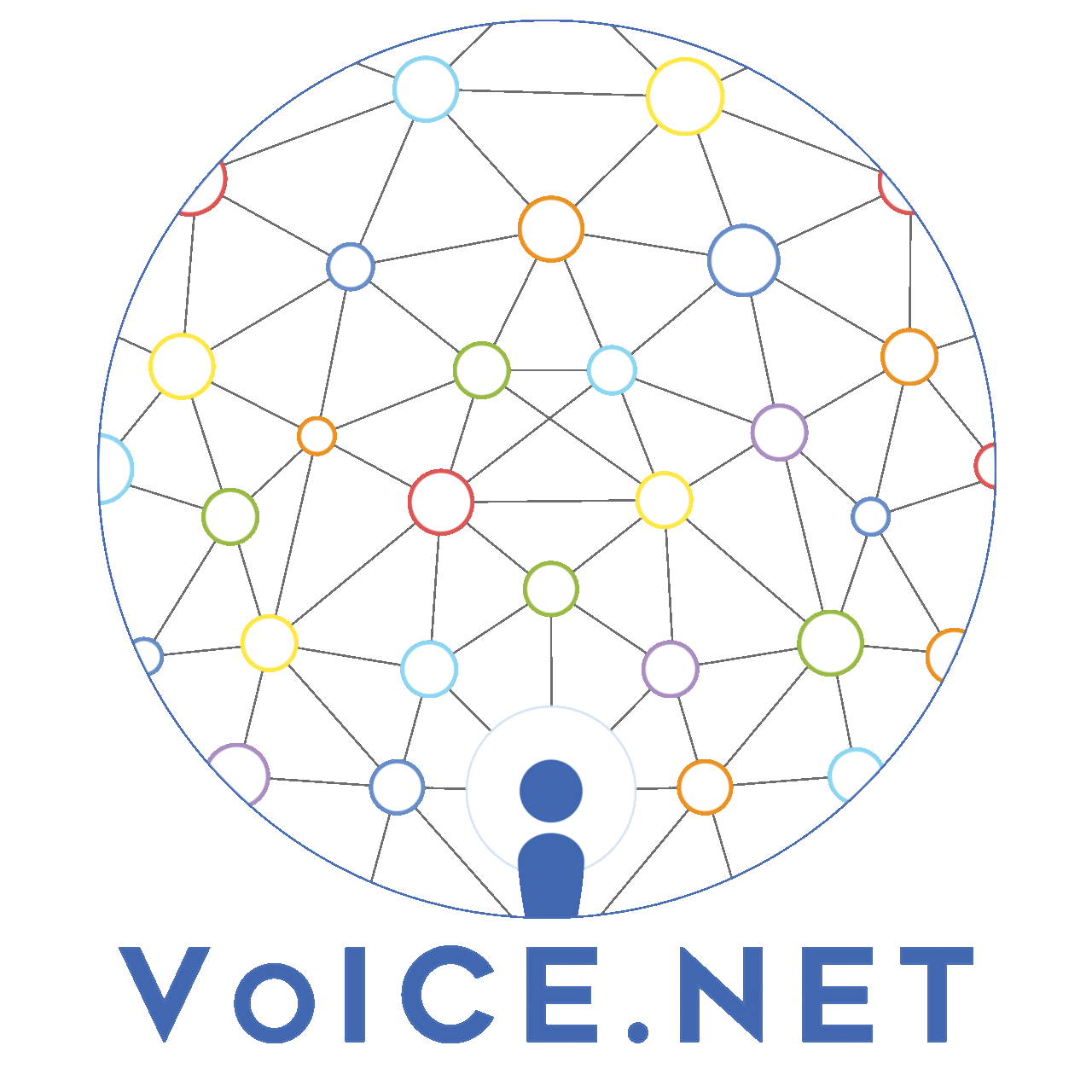
Global Knowledge Network On Voter Education - learning from each other
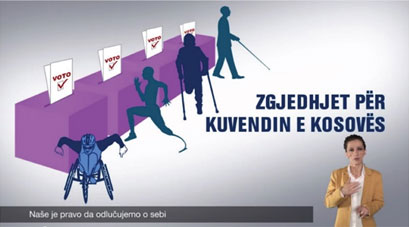
both sign language and captions to engagevoters who were
deaf or hard-of-hearing.Source: IFES
The United Nations Convention on the Rights of Persons with Disabilities (CRPD) Article 29 guarantees that people with disabilities have the right to participate in political and public life on an equal basis as others. The treaty has been ratified by over 90% of UN member states, thus making its provisions the international standard. Sustainable Development Goal 16also calls on states to ensure responsive, inclusive, participatory and representative decision-making at all levels. These international frameworks call on all election stakeholders, including election management bodies (EMBs), disabled people’s organizations (DPOs), civil society, and political parties to ensure that electoral information is available in formats accessible to citizens with disabilities.
The International Foundation for Electoral Systems (IFES) has developed voter education materials in collaboration with EMBs and DPOs in dozens of countries around the world. Based on this experience, IFES has compiled good practices for implementing disability-inclusive voter education campaigns. Key lessons learned are the importance of developing materials in multiple types of accessible formats and ensuring that the dissemination methods reach multiply marginalized groups, such as women with disabilities and youth with disabilities.
Why is Dissemination in Multiple Formats Important?
Voter education should be disseminated in multiple types of formats in order to be fully accessible to all citizens. Common types of formats include print, radio, television, digital and interactive events.Multiple formats refers to a combination of these formats.For example, a voter education campaign might include any of the following:
- Print: posters, brochures, flyers, newspaper ads or comics
- Radio: call in shows, dramas, ads
- Television: public service announcements (PSAs), talk shows, animations
- Digital content: websites, social media, YouTube
- Interactive events:street theatre, voting simulations, concerts
Using multiple formats during a voter education campaign is helpful for reaching all voters, not just voters with disabilities. Using several types of methods to disseminate information increases the likelihood that citizens hear important messages about the electoral process.
What Makes Voter Education Accessible?
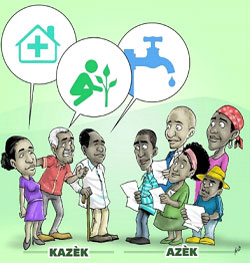
people with and without disabilities discussing
issues before an election. Source: IFES
Easy-to-read and wordless content help reach all citizens. Easy-to-read format uses simplified text and pictures to help make information easier to understand for people who have low literacy skills or who have an intellectual or learning disability. Wordless content such as pictures can be used in conjunction with facilitated voter education workshops or on its own. Persons with intellectual disabilities, persons with low literacy and persons who do not speak the main language of a country all benefit from wordless content.
The infographic below contains additional suggestions for making voter education in any format accessible to everyone.

Reaching Women with Disabilities and Youth with Disabilities
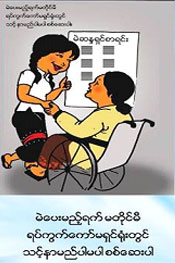
features a woman with adisability.
Source: IFES
Sixty percent of all persons with disabilities are women, and women with disabilities are less likely to receive comparable education or training, have access to health care or have employment opportunities. In Myanmar, IFES identified that women were less likely than men to know how to mark a ballot. In order to address this gap, IFES partnered with women’s groups to develop a targeted voter education initiative, including sample ballots, where women could practice voting using apples, oranges and other fruit as “candidates.” IFES and the women’s groups developed brochures describing the process of how to vote, which they shared in markets along with sample ballots. As part of this initiative, images of women with disabilities were integrated into the voter education materials.
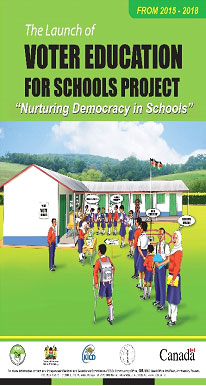
with disabilities and was disseminated
in schools. Source: IFES
Including images of women with disabilities in the Myanmar brochure and images of youth with disabilities in the Kenyan poster, did not add an additional cost – it just required asking the graphic designer to draw images of women and youth with disabilities.By ensuring that voter education materials are developed in multiple types of formats as well as proactively including women with disabilities and youth with disabilities in broader outreach efforts, EMBs can ensure that their messages are inclusive of all citizens.
Virginia Atkinson
Senior Access and Inclusion Specialist,
International Foundation for Electoral Systems